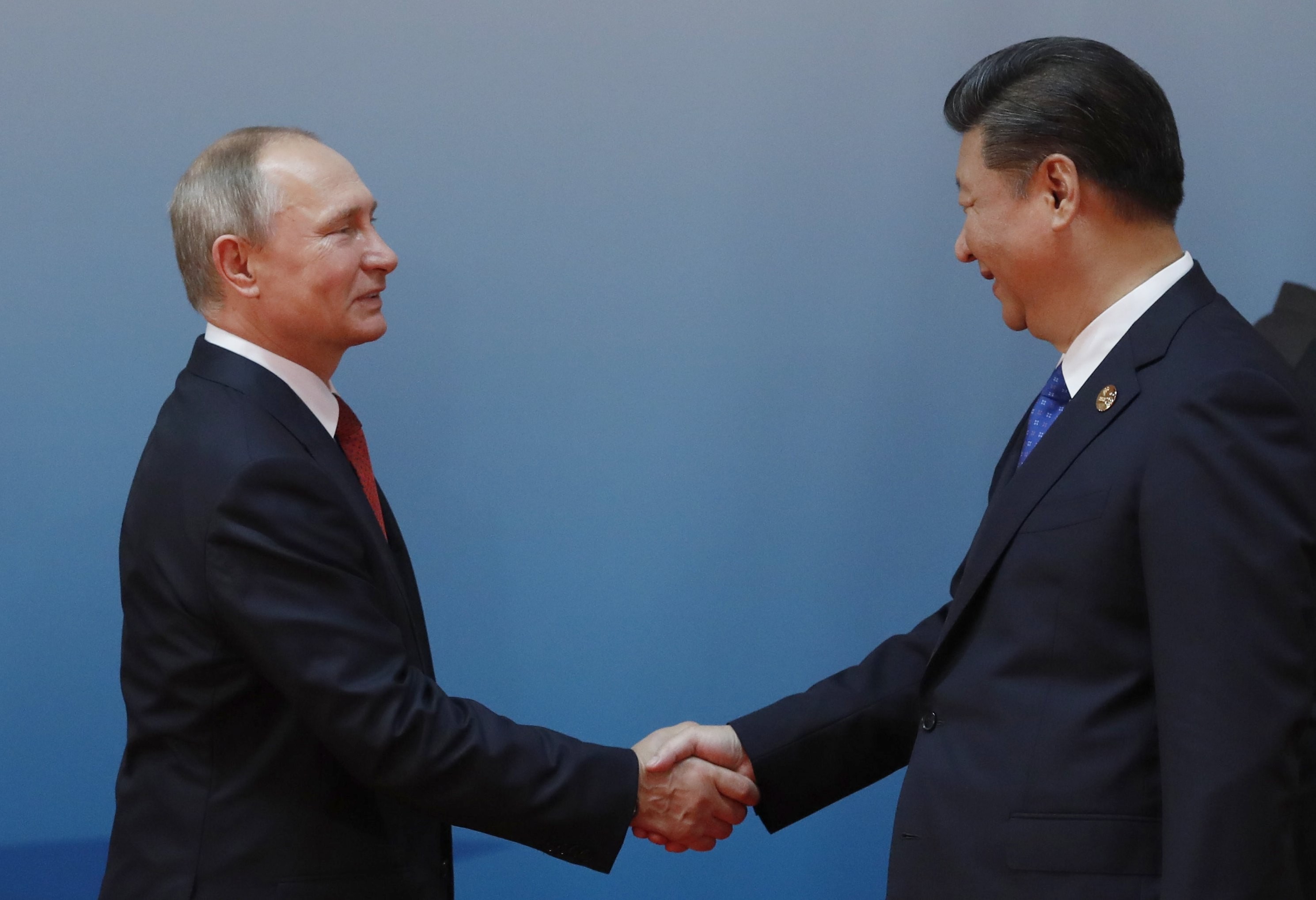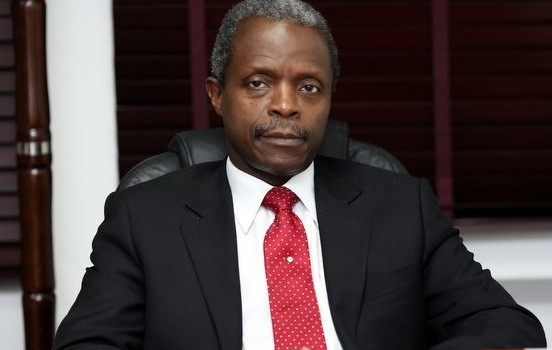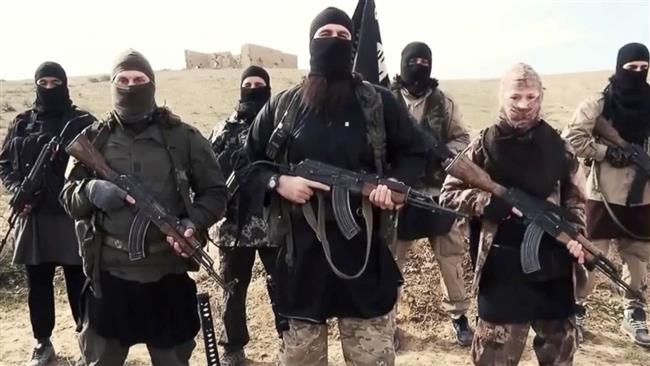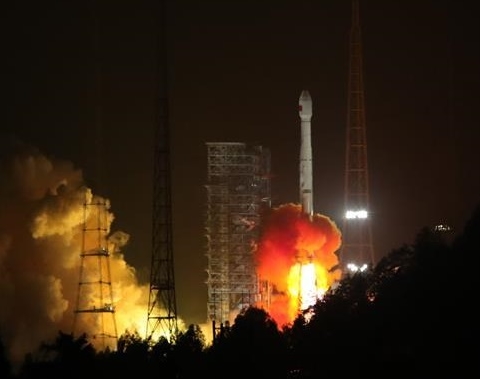Both China and Russia share borders with the North and are the key to any solution. They each have economic interests that favour stability in the region. North invests heavily in its military and advanced weapons programmes, spends an estimated 23.3 per cent on the military, in comparison to the South’s 2.6 per cent. The only reason for such high service numbers in both countries is the very palpable threat of renewed conflict. A key sticking point to any solution remains the American troop presence in South Korea. US military personnel are there currently, and multiple installations serve as deterrents to aggression by the North. America benefits in this case not only from the avoidance of nuclear conflict, but also from its continued strong commercial connections with an enlarged Korean market, and the military cost savings of withdrawal. The new reality also ensures greater geopolitical stability in the region (important to allies Japan, the Philippines and Taiwan), and serves as a confidence-building measure for further cooperation by the US with China and Russia on other issues.
Latest from ASIA
At the invitation of Chinese Foreign Minister Wang Yi, Dmytro Kuleba, the Minister of Foreign Affairs
The official media of the Democratic People’s Republic of Korea (DPRK) today called on the international
China and Kyrgyzstan today agreed to establish a comprehensive strategic partnership. The agreement was reached during
After days of touting success in managing to bring the leader of the rogue nuclear regime
China will launch another 11 BeiDou-3 satellites by the end of 2018, adding to its domestic







